When it comes to rolling hills and romantic charm, the countryside of Tuscany is unrivalled.
In the heart of the region, the only trouble you’ll encounter is deciding what beautiful historic town to visit above the rest. We’ve put in the hard yards so that you can make the most of your time in the tucked-away retreats of Toscana.
The first stop on our tour has to be San Gimignano and its UNESCO World Cultural Heritage-approved town centre. An hour’s drive south of Florence, the town’s towers are first seen at a distance, on the hill rising above saffron fields, cypress trees and Vernaccia vineyards. San Gimignano has long been a point of pilgrimage, positioned on the Via Francigena, which led Catholic devotees from England’s Canterbury through to Rome. Many would stop at the town to admire the Renaissance frescoes at the Romanesque Cathedral. The fine wine, which is the colour of white straw, was also a cause to pause, and is still a distinctive drop that suits aperitivo hour in the sun. The town’s architecture has been inspired by the many travellers and traders that have passed through. The towers were built by the families at the centre of it all – the higher the structure, the higher the status. While only 13 of the 72 towers remain today, they still impress for their 14th-century finesse. Time also seems to stand still at the nearby Agrivilla i Pini. This ec0, vegan hotel looks up through its trees to San Gimignano. It’s the perfect place to relax after winding down the streets of this Medieval town.
In the centre of the Tuscan region, Siena traditionally competed with the neighbouring cities of Florence and Pisa for prominence. The whole town was conceptualised as a work of art, which blends into its natural surroundings while showing off from afar. Following the curve of the three hills it’s built on, a seven-kilometre-long fortified wall still surrounds the Gothic-chic mediaeval city. UNESCO calls Siena a “masterwork” and “one of the most precious examples of the mediaeval and Renaissance Italian town”, thanks to its remarkable, preserved character. This sense of personality extends to the art created in Siena, especially that which, between the 13th and 17th centuries, influenced culture throughout Europe. As the only 5-star luxury hotel in the heart of Siena, the Grand Hotel Continental is just a few steps from the famed Piazza del Campo and the Cathedral. Lovingly restored, from its original Tuscan terracotta tiles to its fine frescoes and furnishings, it is a destination in itself.
The inspiration behind the poetic memoir Under the Tuscan Sun by Frances Mayes and – coincidentally – the theme of this article, Cortona may seem like a storybook narration, but the charm of it is as palpable in person. A cultural centre of the Val di Chiana region, its roots can be traced back to ancient Etruscan settlements and Roman monuments. Inside the city walls, narrow cobbled streets, ancient palazzi, trattorie, and antique artisan shops are particularly picturesque. Situated in a protected natural reserve in proximity to Cortona, Hotel Villa di Piazzano is a historical estate dating back to 1464. On the border of Tuscany and Umbria, surrounded by fields and olive groves, the retreat is a chance to relive the slower pace of such time-honoured noble homes.
If you are looking for perfection personified, or city-planned, then Pienza is the town for you. Pope Pius II, after whom the town is named, metamorphosed his birthplace into the ideal Renaissance town. Built following humanist urban planning concepts, the construction of Pienza started in the mid-15th century. The harmonious hamlet includes a central square, the Piazza Pio II, surrounded by a Cathedral and three palaces – one for the government, one for the bishop and one for Pius II. The Pope’s palace garden has stunning views over the winding roads, and cypress tree plantings, of the Val D’Orca, which, like the town, has UNESCO’s approval. Another divine element of this town is its production of pecorino cheese, made from the pastures below. Situated in the centre of the town, the Relais Chiostro di Pienza hotel is refurbished around the Cloister of Pienza, a Franciscans monastery from the 14th century, a tremendous choice for an historic stay.
Montepulciano is a Renaissance town on a chalky hilltop overlooking the golden fields of Val D’Orcia and Val di Chiana. It’s filled with palazzi, artisan workshops and beautifully façaded and faded churches, which reveal even more on the inside. The Temple to the Madonna di San Biagio is considered an architectural triumph, which even inspired Michelangelo’s St Peter’s Basilica in Rome. The (you guessed it) UNESCO town is also known for its Vino Nobile, one of Tuscany’s most globally valued red wines. We recommend taking a sip while looking up at Montepulciano from the hotel Lupaia. The very beautiful boutique hotel is set between Montepulciano and Montalcino in the iconic countryside. Comprised of lovingly renovated farm dwellings from the 17th century, with cared-for gardens, vegetable gardens, an olive grove, and an infinity pool, the attention to detail you can expect here is as meticulous as it is magical.
Of course, we couldn’t talk about Tuscan wine without mentioning Chianti. The gateway to the region is Greve in Chianti, but it’s worth exploring in its own right as a treasure trove of art and spirituality. The town served as a marketplace for the Castle of Montefioralle up on the hill. At the crossroads of three important pilgrimage tracks, it is still a place to connect and purchase traditional crafts, including woven baskets. Follow the winding, stone-walled roads to the Villa Bordoni, a boutique hotel that looks over the vineyards for its own Chianti Classico, renowned since 1782. The Villa has a history as colourful as its interior flair, beginning as an 11th-century tower, before being built out as a country retreat in the 17th century. The Italian garden is a delight to behold, especially when enjoying a long Italian lunch in its maze. The small hamlet surrounding the villa is called Mezzuola, and using produce from the land and surrounding areas, the Chinati Cooking School is also run from the Villa Bordoni.
Between the Era and Cecina Valley, Volterra is affectionately known as the alabaster city. One of the prominent city-states of ancient Etruria, the artefacts of its alabaster manufacturing are some of the most important examples of Italian craftsmanship throughout time. Inside the town’s historic double walls, you will find many museums that testify to its artful legacy. Outside, you will find an archaeological area with the remains of a Roman theatre and the Etruscan Acropolis. Stay in the foreground of Volterra at Borgo Pignano – a county located in a certified organic farm and nature reserve that dates back to the 12th century. Borgo Pignano has had many callings over the years. The property has its own Romanesque church San Bartolomeo, an 18th-century villa with an outdoor bar on its immaculate lawn, and a modern infinity pool carved from an ancient limestone quarry, which supplied most of the stone used to build one of the main gateways of Volterra, Porta dell’Arco, as well as the buildings of Pignano.
The town of a hundred churches, Lucca reflects the various historical and religious ages it has lived through, from the off-kilter Romanesque façade of the Duomo di San Martino to the Basilica of San Frediano, founded by the Bishop of Lucca himself. Like many of Tuscany’s UNESCO towns, it’s ensconced in a circuit of defensive walls above a breathtaking landscape. The best views are from the Guinigi Tower, which is a pleasant place to take in the panorama thanks to its garden of holm oaks. The only luxury hotel in the historical centre, the Grand Universe Lucca, was a glassblower’s atelier in Roman times, a majestic palazzo of the Paoli family during the Renaissance, and a monumental hotel in the mid-18th century. It overlooks the Piazza del Giglio and the Piazza Napoleone. The latter of which has been a stronghold of political power through the years in Lucca, surrounded by sweet sycamore trees. Like the wider region of Tuscany, Lucca combines its strengths with serenity.
We may earn a commission if you buy something from any affiliate links on our site.

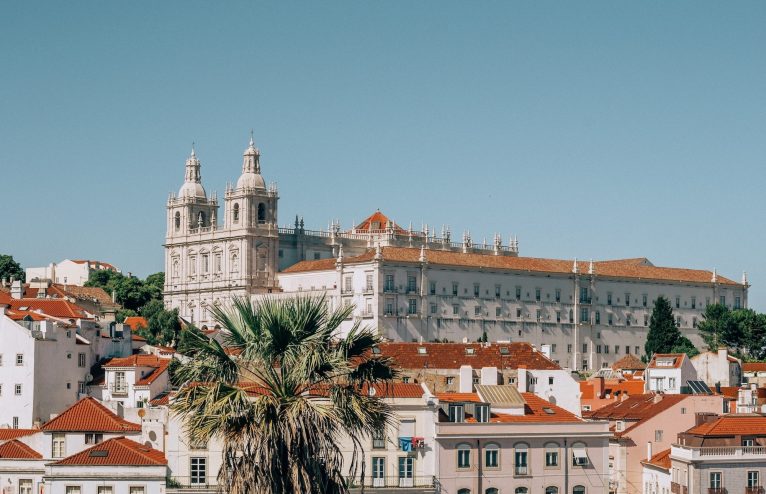
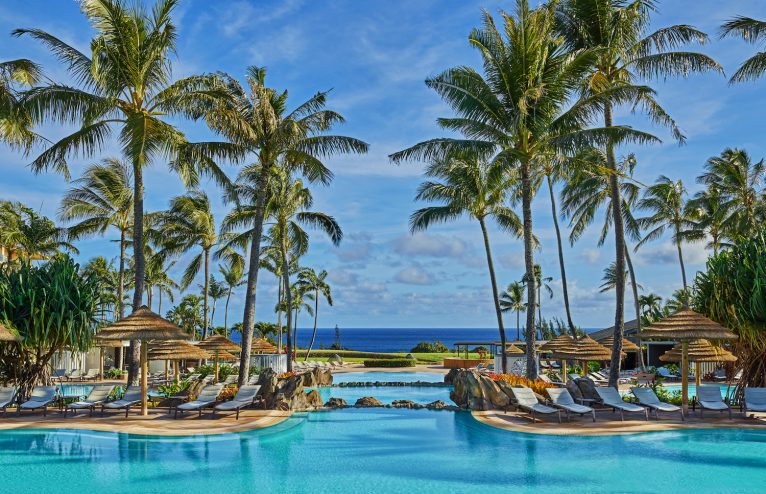


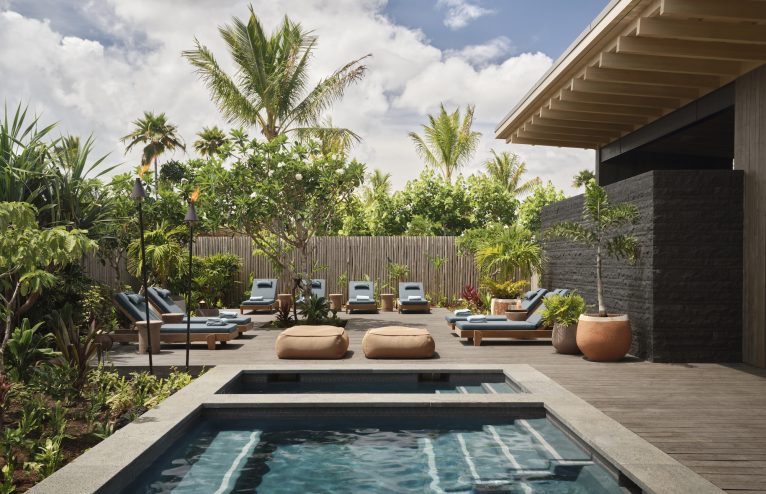
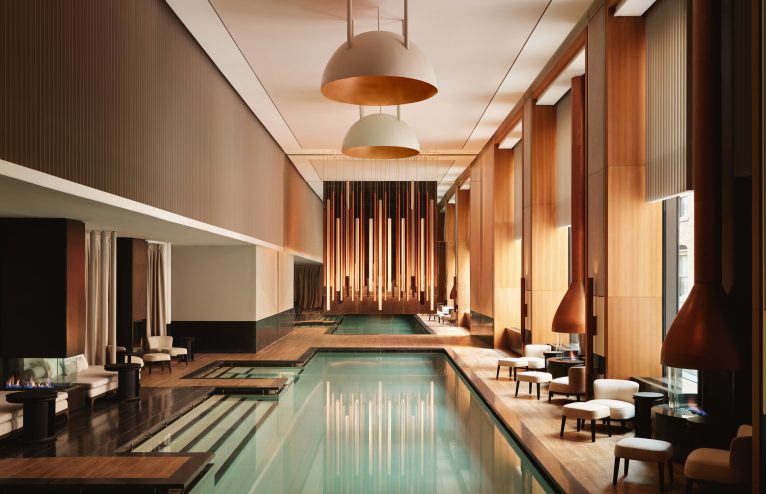

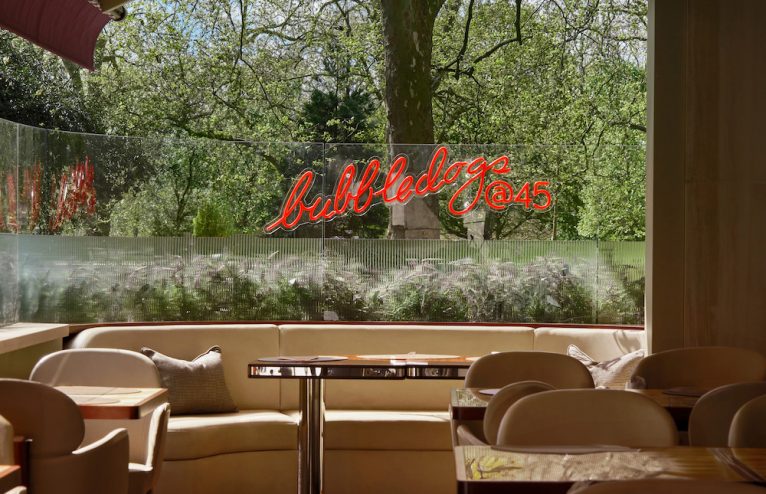
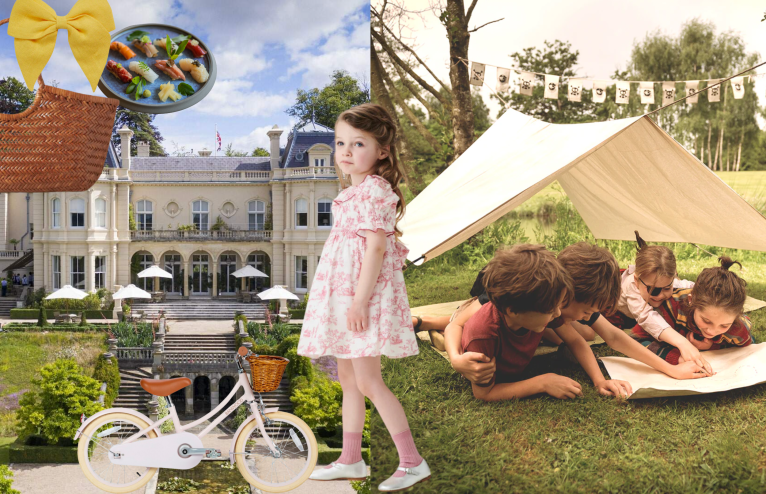
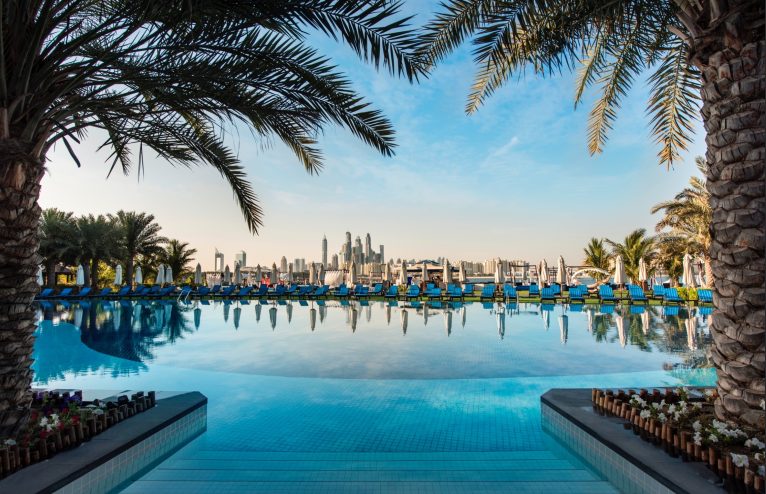





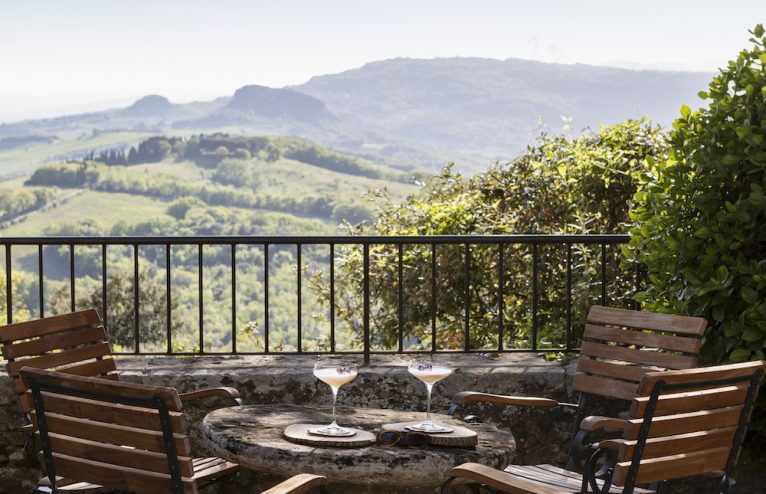
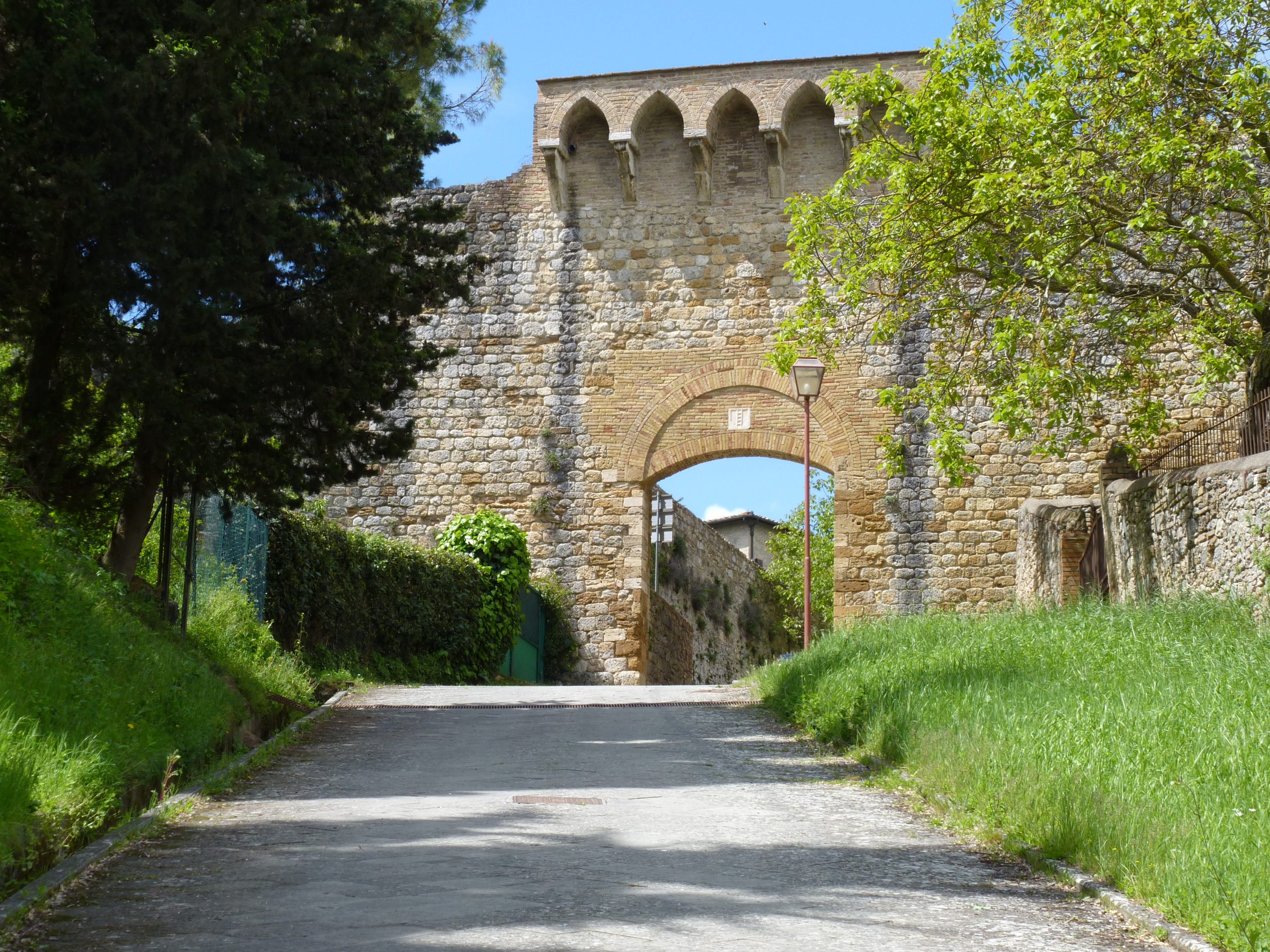
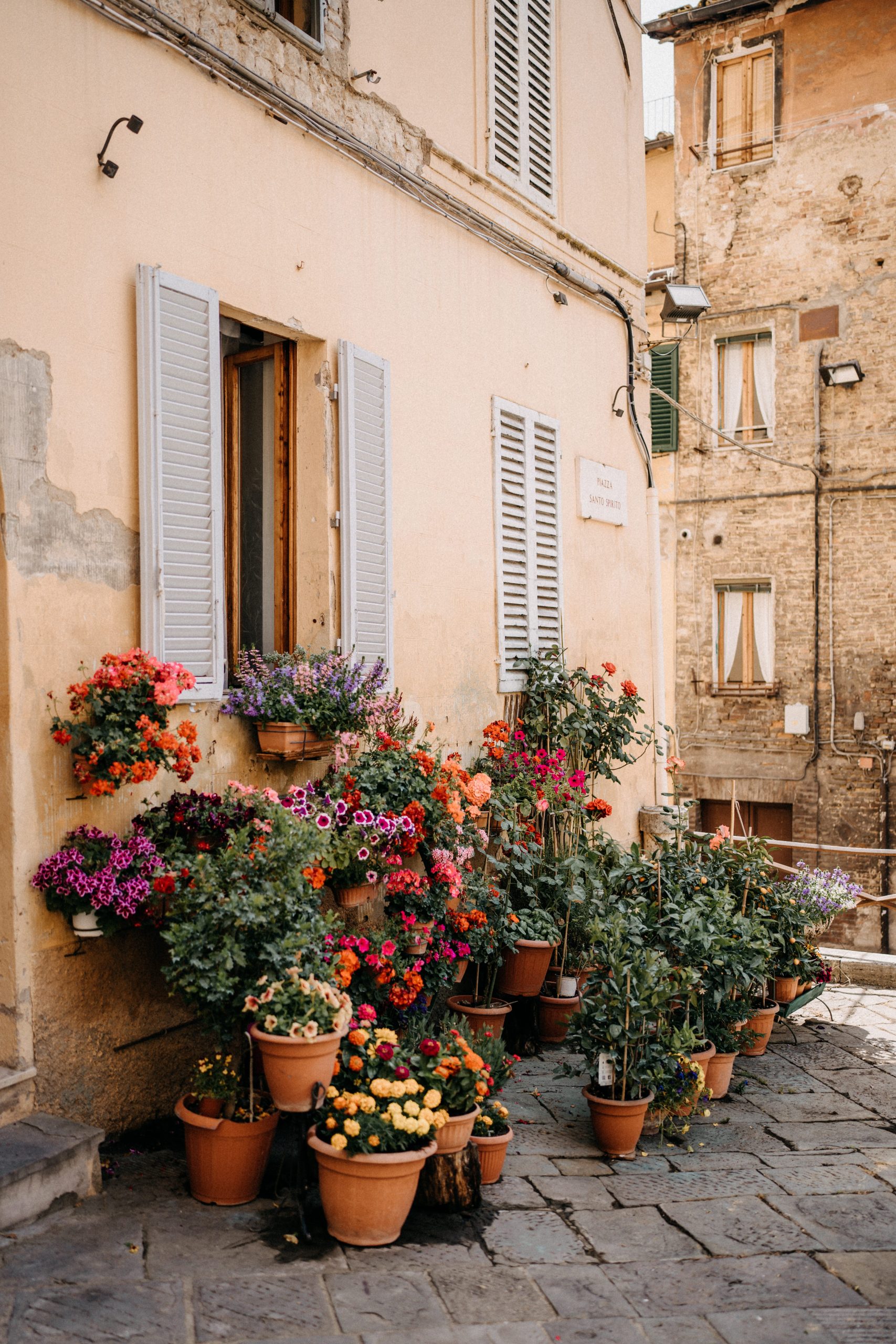
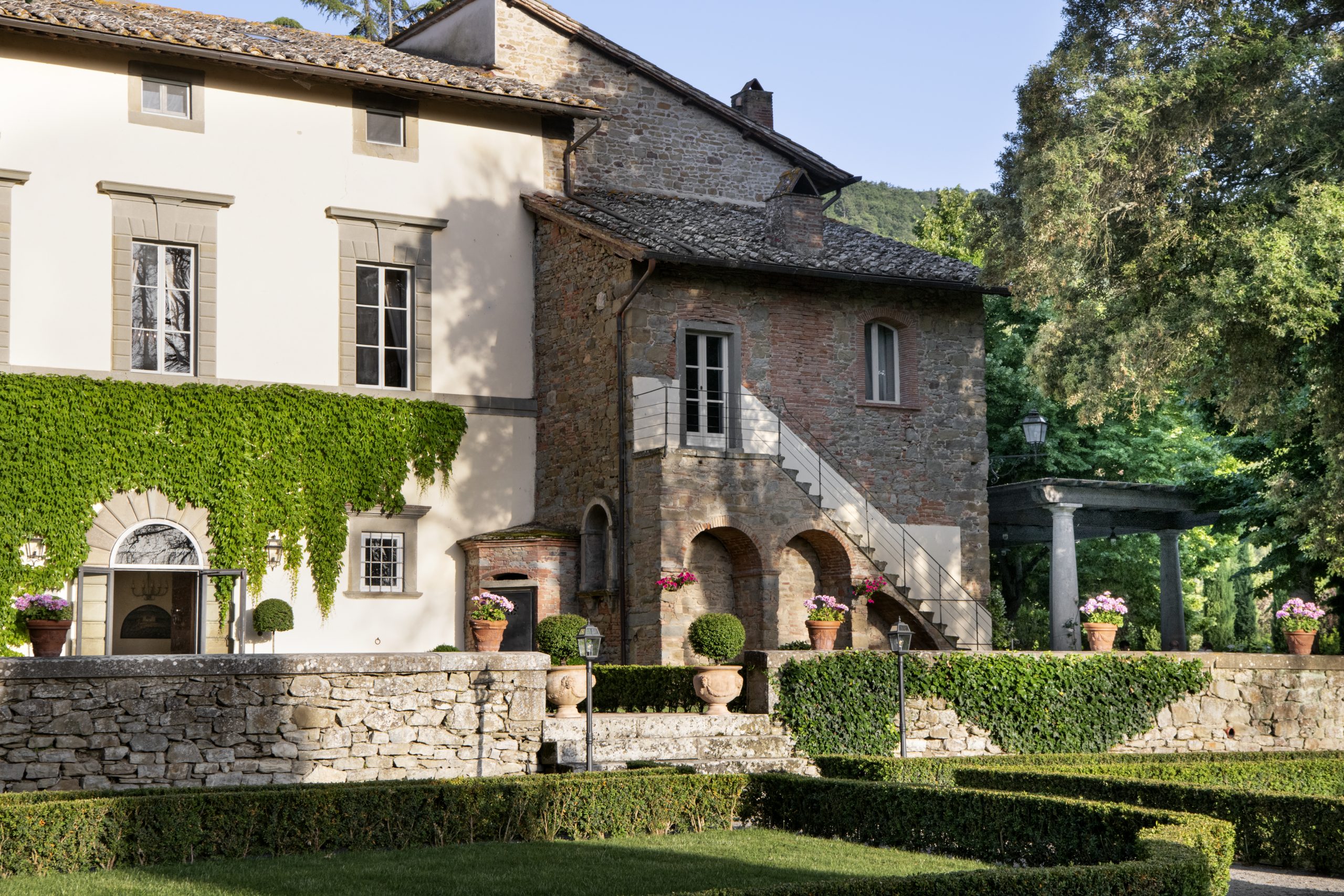
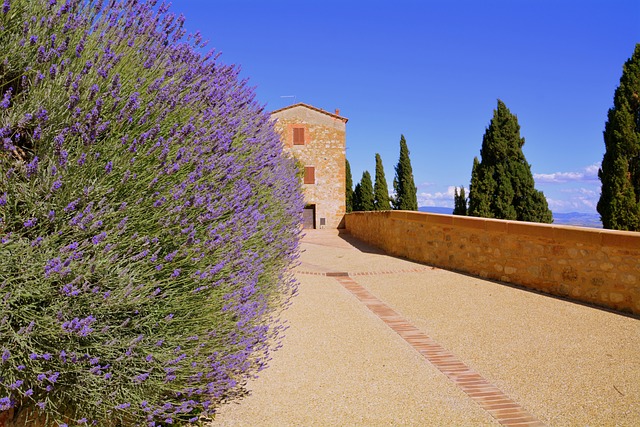

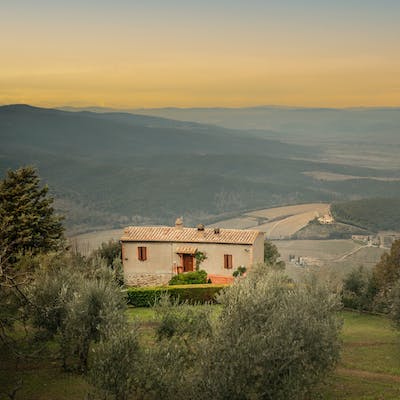
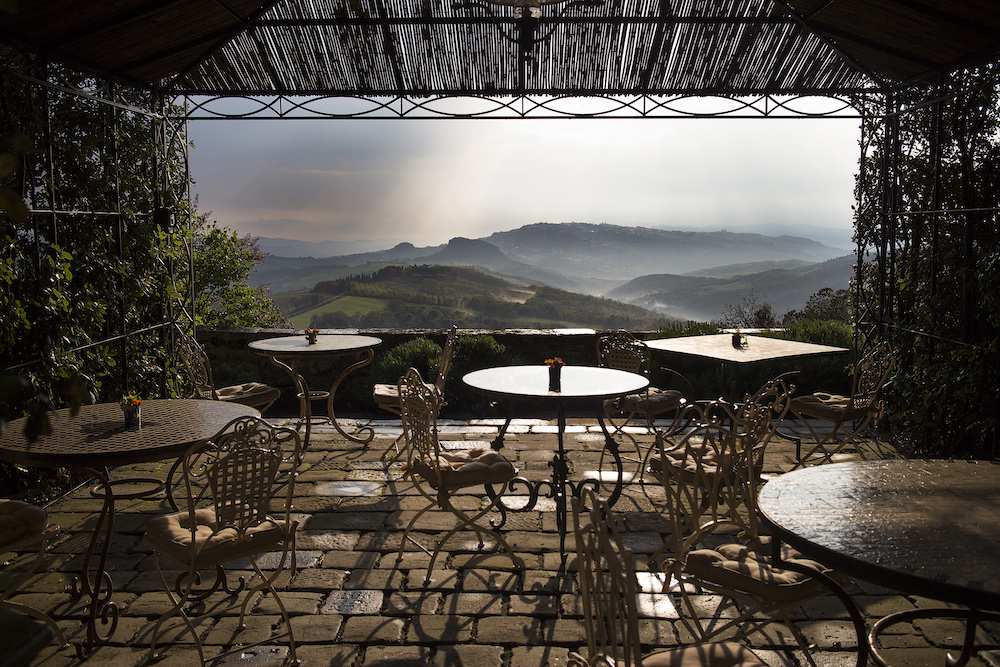
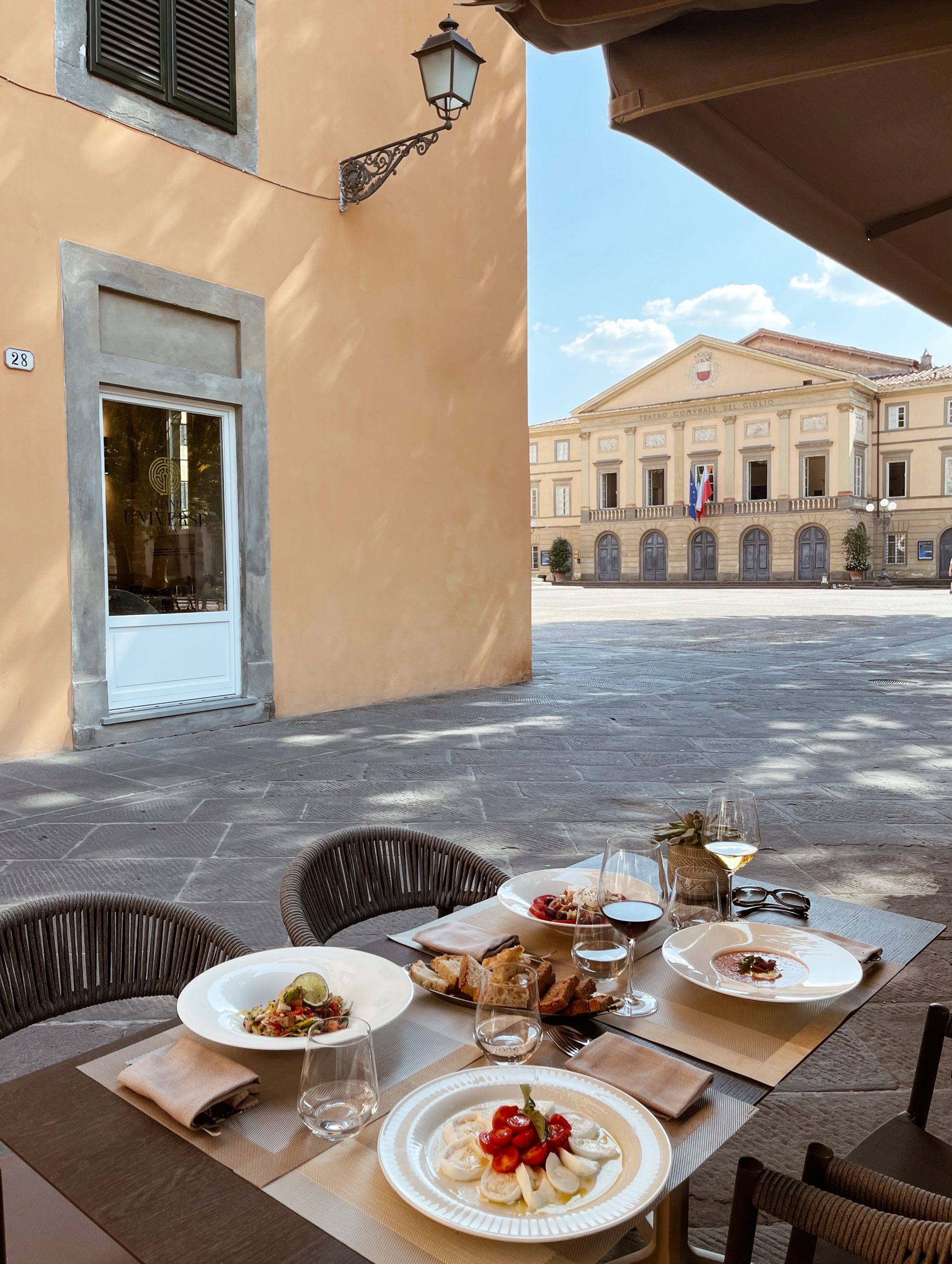
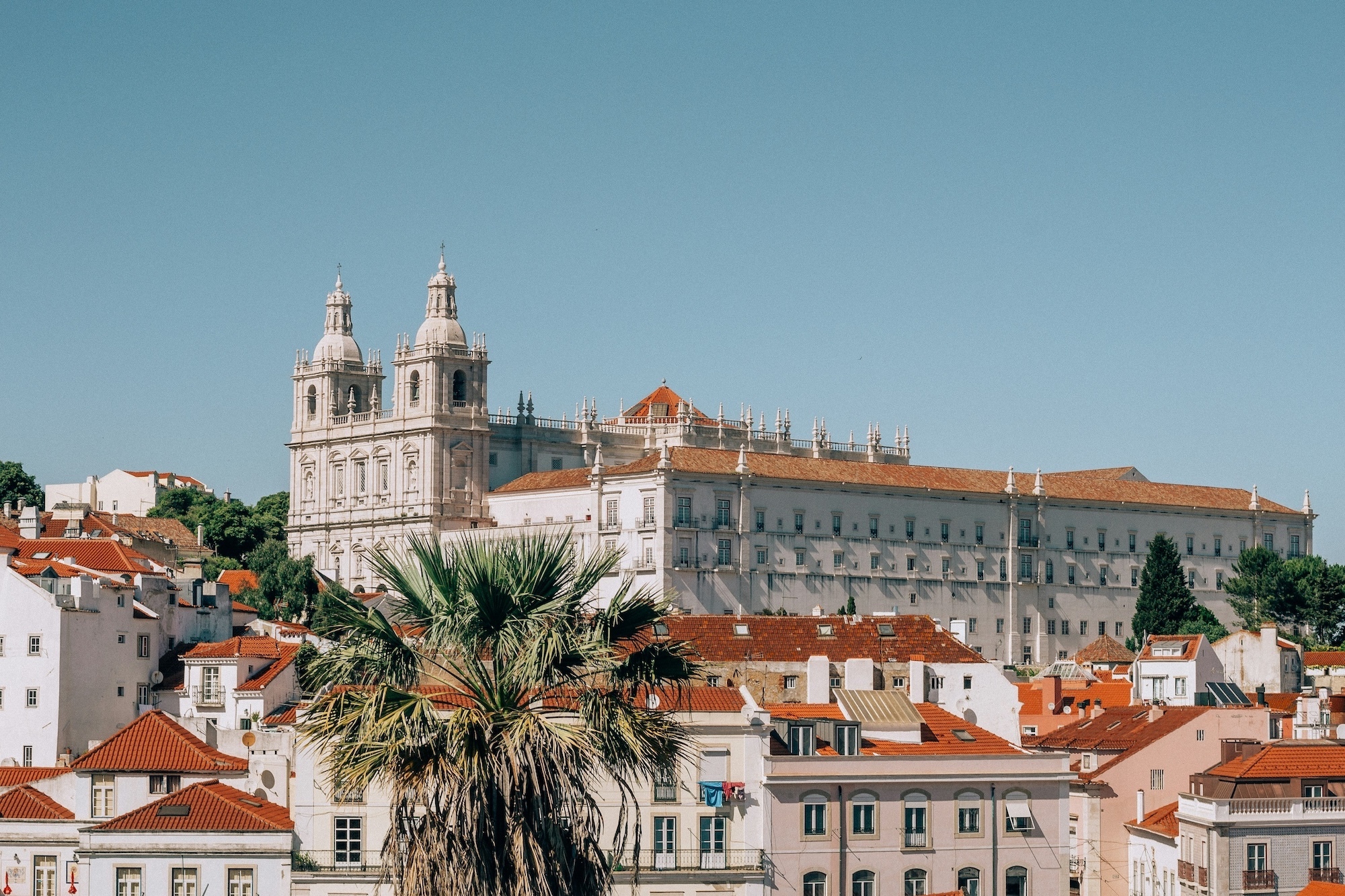



Any Questions or Tips to add?